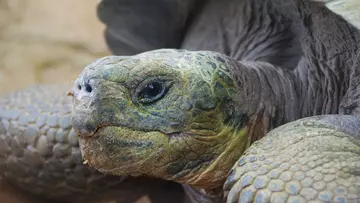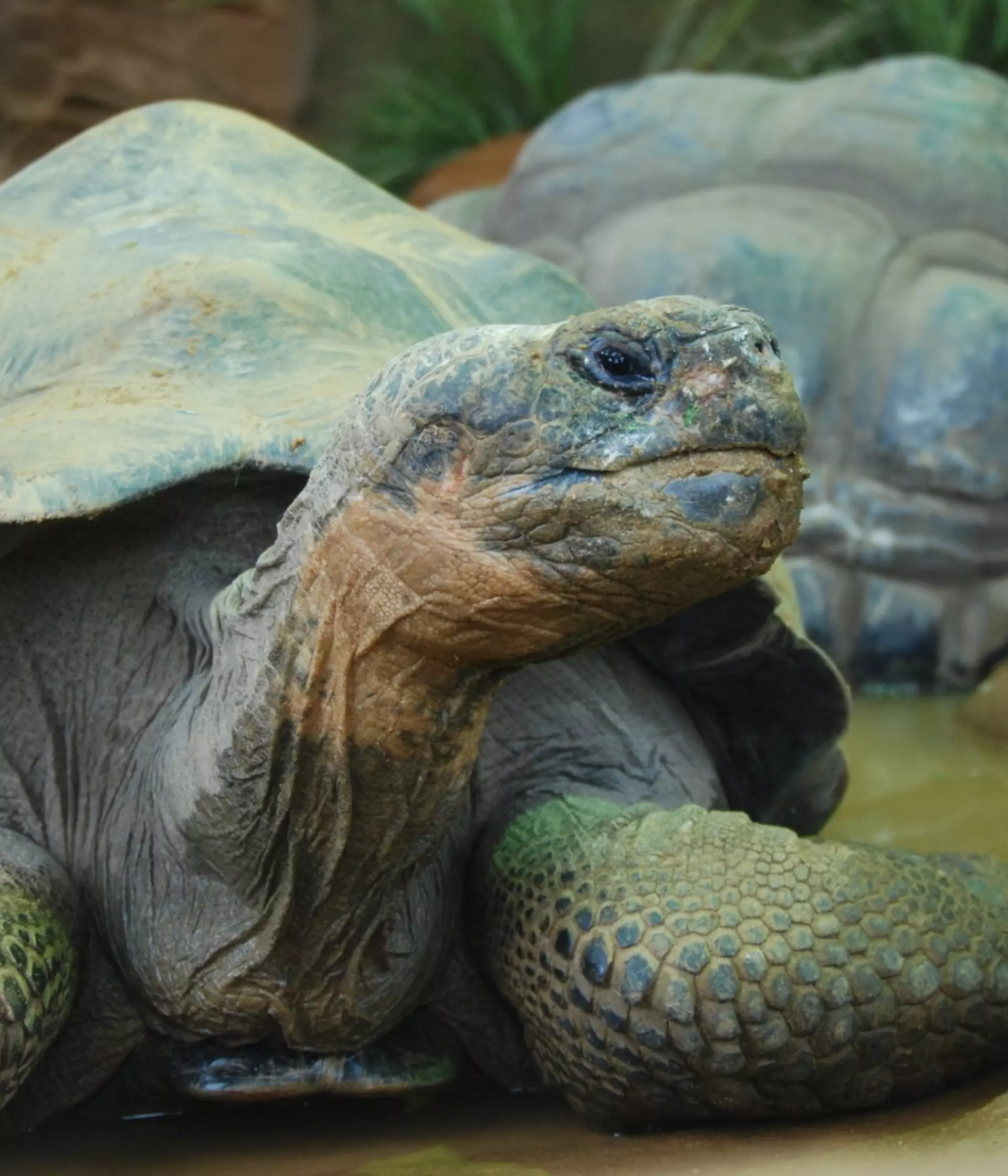
ZSL
Zoological Society of London
The Caribbean island of Hispaniola, today divided between the Dominican Republic and Haiti, was once home to a now-extinct species of giant tortoise that helped shape the landscape we see today.
Our paper, published in the journal Zootaxa, highlights the discovery of a previously-undescribed species of giant tortoise (Chelonoidis marcanoi) in the Dominican Republic, which lived during the last 100,000 years (also known as the Late Quaternary period). The study raises important new questions about how wildlife adapts to the challenges of climate change and human hunting.
Fossil evidence of giant tortoises was first recovered from Hispaniola almost 35 years ago, but prior to this research they were too poorly-known to be formally described, and their past distribution across the island could not be reconstructed.

Extensive new finds of giant tortoise fossils from the dry forests of south-eastern Hispaniola now suggest the species was originally adapted to open habitats, which were common across the island during the last Ice Age glaciation.
However, it is now thought that subsequent climate-driven environmental changes led to the expansion of tropical forests and restricted the tortoise to a small remaining “refuge” of dry forest, where it would also have been more vulnerable to prehistoric human hunters.
Lead author Dr Samuel Turvey from ZSL’s Institute of Zoology, said: “Giant tortoises are more usually associated in the public imagination with the Galápagos Islands, but increasing fossil evidence shows these creatures were once widespread across the northern Caribbean too.
Galapagos tortoises at London Zoo
“Our findings from several cave sites in Pedernales Province, which contain the fossilised bones of at least seven individual tortoises, are significant because remains of these large animals are almost completely absent from other geological deposits of similar age elsewhere on Hispaniola.
“This suggests that these dry forests in the south of the island were potentially the final refuge for Hispaniola’s giant tortoises, as climate changes at the Pleistocene-Holocene boundary – around 11,000 years before the present – replaced their former semi-arid habitats with tropical forests unsuitable for tortoises.”
We’ve been building stronger connections to wildlife for 200 years. Change-makers from the start, from Darwin to Attenborough, we’ve always broken new ground in conservation science and been passionate advocates for wildlife. Join us on our journey to restore the natural world.
